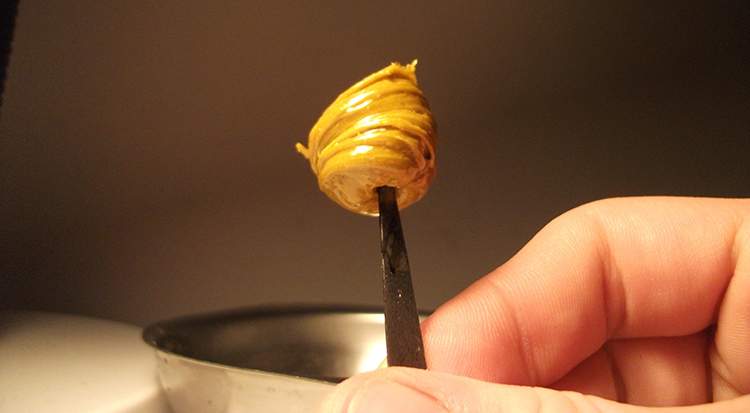You’re a seasoned stoner, but do you really know what you’re dabbing on? Flowers and edibles are still super-popular methods of cannabis consumption, but many are trading in their handheld pipes and special brownies for fancy rigs and discreet vaporizers for dabbing cannabis concentrates.
The cannabis concentrate market has long been cornered by butane hash oils. They’re inexpensive, easy to make, and leave high concentrations of cannabinoids, terpenes, and essential oils intact. However, BHO has recently drawn negative attention. Many purists claim that it’s impossible to get a truly pure butane extraction, that some percentage of the solvent will always remain, creating health risks for the dabber.
As for the opinions of concentrate consumers themselves, the jury is still out, largely because there is a lack of education and transparency. In California, for example, many concentrates are still not lab-tested. Some say that butane hash oils are the best around, while others are adamant that solventless extraction processes are the only way to go for medical-grade concentrates.
What’s the truth? And more important, if butane extracts aren’t inherently risky, then precisely what should consumers be looking out for when purchasing concentrates?
Much of the outrage over butane extractions comes from the dangerous processes that many processors use. Cutting corners with an “open-loop” extraction can easily create a fiery explosion, as has already occurred in many illegitimate labs, including homes and apartments.
The risk of open-blasting aside, is the end product safe to put in our bodies? Turns out, as long as proper industrial solvents and systems are used, BHO is safe.
Cannabis chemist Ezra Pryor, from the American Chemical Society, says butane extractions typically produce the greatest danger when the wrong processes—and cheap or impure butane solvents—are used. “Explosion and fatal immolation are possible outcomes on the production end, but there’s also a danger to the consumer when impure butane is used,” he says. “These risks are mitigated by using pure, lab-grade butane, and utilizing a ‘closed loop’ system.” Closed-loop extractors are expensive machines that keep pressure regulated, together with pumps and vacuums, ensuring that butane does not ignite and is ultimately purged out of the end product.
Andrew Pham is also a cannabis chemist with the ACS, and works at CV Sciences, a California company that manufactures CBD products. He has studied the chemical composition of BHO extracts and also believes that the risk largely lies in the production, rather than the consumption.
“The largest dangers aren’t actually from the butane extracts themselves, but the manner in which they are manufactured,” says Pham. “A single spark from any source could ignite an entire supply of butane and cause an explosion; 32 people in California died from BHO explosions in 2014, which is astonishing when you consider that zero people have died from actually using cannabis.”
Unfortunately, due to lack of industry oversight, it’s largely up to us as consumers to spread the word about low-quality product. Catch a hilarious peek into the world of sub-par concentrates on social media by following the #poopsoup hashtag, which Instagrammers use to call out obvious cases of poorly-blasted BHO. How to spot the #poopsoup? Typically these dabs are of a dark, murky color and uneven, soupy consistency. They cause a sickening cough and may even ignite upon contact with the hot nail.
It’s time to start looking closely at the labels on concentrate products before lighting up. If you’re not seeing detailed labels with purity test information, start demanding more thorough standards for BHO and other extracted products at your local dispensary.











